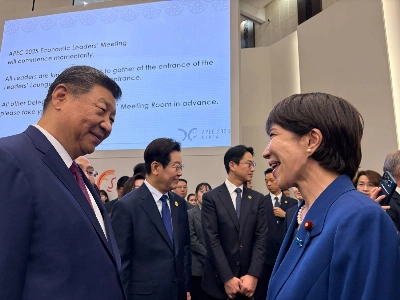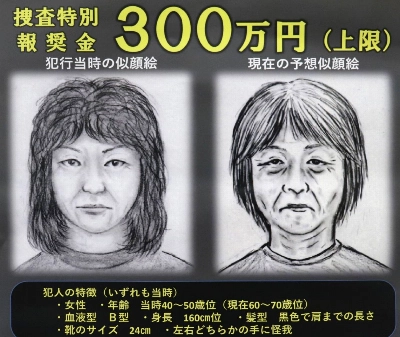Free trade is taking a new shape. With the World Trade Organization's new round of multilateral talks on the rocks, countries around the world are taking increasingly to bilateral and regional free trade agreements, or FTAs. Japan is falling far behind in this race, largely because of its protected agriculture.
The FTA, designed to reduce or scrap tariffs and other trade barriers, does not contradict the WTO's principles of free trade. The possibility remains, though, that the world will be divided into exclusionary economic blocs unless the WTO's universal principles are maintained. The FTA's basic advantage is convenience: It allows member countries to adjust their differences relatively easily, thus creating greater opportunities for trade expansion among them.
The United States late last year agreed to sign a Central America Free Trade Agreement with four countries, including Guatemala and Honduras. CAFTA is essentially a sequel to the generally successful North America Free Trade Agreement, which brought together the U.S., Canada and Mexico. Trade among the three countries has expanded dramatically since the pact went into force in January 1994. With a bilateral agreement between the U.S. and Singapore taking effect this month, the U.S. now has six FTAs, including CAFTA.

















With your current subscription plan you can comment on stories. However, before writing your first comment, please create a display name in the Profile section of your subscriber account page.